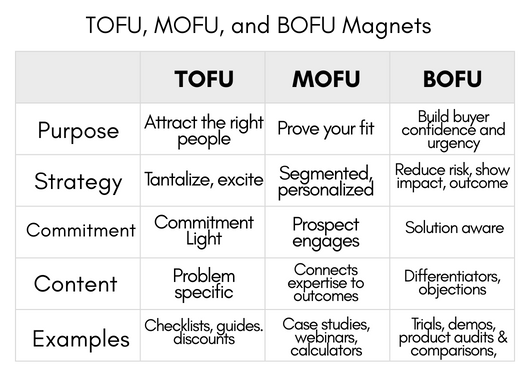Sandy Jones owns Jones, Jones, and Jones, Inc. “3Js” sells home maintenance services and has a sterling reputation. 3Js employs 18 people with 5 in sales. Sandy and her 2 sisters own 3Js and Sandy oversees sales.
Sandy’s sales team has made incredible strides in the past 12 months. They dusted off an existing CRM and, with the help of a specialist, began using the sales funnel to manage client and prospect requests for services.
No longer did Sandy have to bug the sales team to get updates on service requests. No longer did the team need to use sticky notes and spreadsheets to stay on top of their sales pipeline.
The sales team learned some effective best practices and tightened their sales cycle, shaving 5 days off a 30-day sales cycle. The team realized they had a lot to learn and realized their CRM did not have the firepower they wanted in the next 12 months.
What did they mean by “Fire Power?”
During the past 12 months, the team studied a range of CRM systems and identified key differences. Each one had an electronic rolodex. Many help with mail list management. Only a few provided automation, the Fire Power the team wanted. Here are the top 3.
Automatic Communications with Sales Funnel Prospects
The team wanted to automate outbound communication and internal reminders. They could not do everything at once, so they prioritized their list. “The #1 priority is to communicate with prospects as they move from stage to stage in our sales funnel,” said the team.
The team knew that emailing and texting were more effective than calling prospects. They wanted a CRM that can trigger communications based on a simple date field in the CRM that mirrors their sales funnel. 3Js, CRM specialist smiled. The team really got it!
3J’s funnel has 7 stages. Imagine when a funnel stage opens or closes, an email goes to the prospect to update them and keep you top of mind. Imagine, at the same time, a reminder goes to the sales rep. Wow, the team rejoiced when their specialist said it can be a reality.
Help Me Manage My Tasks
At 3J’s, 12 months ago, each rep has its own way of managing its tasks. Spreadsheets and yellow sticky notes were the norm. The team wanted a CRM that:
- Listed their tasks and “To Do” items by deadline.
- Enabled them to see all notes, tasks, and emails by prospect or client to see their history.
“Everyone is busy and having our notes in one place is critical to us,” said the team. Having all records tied to a contact is a best practice and is available in most, robust CRMs. Managing tasks in one place is a best practice and needs to be in your CRM.
Segment our Prospects by Geography
Different sales reps sold in different areas of the 3J’s metro area. The reps were active in community groups by geography and wanted to send specific messaging based on the issues coming up in their community activities.
Mail list management includes the ability to segment contacts based on your data fields. In 3J’s case, “it is easy,” their CRM specialist explained. Dynamic lists enable you to create lists that are updated every time you add a contact record that meets the criteria of that dynamic list.
3J’s Next Steps
The team committed to finding the best CRM available for their needs. Interested in learning more about the power of a CRM? Schedule a demo here.






